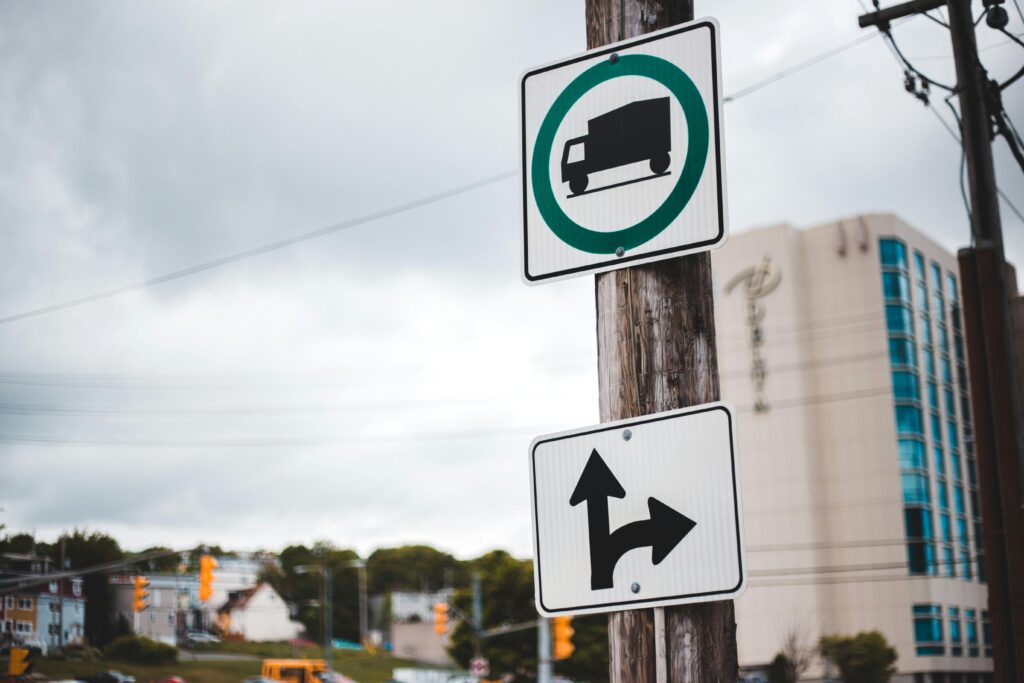
Towing a trailer safely in Australia requires more than a sturdy vehicle and a confident driver. It requires the right equipment, proper setup, and adherence to legal and safety requirements. Most importantly, you must stay alert and respond to road safety signs at all times. These signs help prevent serious mistakes, especially when towing large or heavy loads across highways, city roads, or remote routes.
Pick the Right Tow Bar and Hitch
A tow bar and hitch must be rated to suit the trailer’s weight. A mismatch can cause sway, strain the vehicle, or even lead to disconnection. Ensure both the hitch and tow ball comply with Australian Design Rules (ADR), and your towing setup remains below the rated capacity listed on your vehicle’s compliance plate.
Use Weight Distribution Equipment
When the load isn’t balanced properly, the rear of your vehicle may sag, and the front wheels may lose traction. A weight distribution hitch addresses this issue by leveling the vehicle and trailer. It improves braking, steering control, and fuel efficiency. It’s beneficial for long-distance towing with heavier caravans or boats.
Install a Brake Controller
If your trailer weighs over 750 kg, electric brakes are legally required. A brake controller links your car’s braking system to the trailer’s brakes. This ensures the trailer slows down in sync with your vehicle, reducing stress and avoiding jackknifing. Set it up properly and test it before each trip to ensure optimal performance.
Attach Proper Towing Mirrors
Towing wide trailers often blocks your rear view. Fit extended towing mirrors that give a clear view along both sides of the trailer. These can be clip-on or replacement mirrors. You’ll be able to see behind you better, which is especially important while overtaking, turning, or reversing.
Check Tyres and Wheel Bearings
Before you leave, check the tyre pressure on both the trailer and the towing vehicle. Underinflated tyres can overheat, while overinflated ones reduce traction. Also, inspect the wheel bearings for signs of wear. Grease them regularly and carry a spare set during long trips.
Follow Road and Speed Signage
Keep a close watch on road safety signs as you drive. These include signs for curves, narrow bridges, or load limits. Ignoring them can put your vehicle and others at risk. Also, follow speed limit road signs specific to vehicles towing trailers. These signs may require you to reduce your speed on highways, downhill stretches, or sharp turns. Following the speed limit road signs also helps you stay in control during emergency braking.
Secure Your Load and Do Final Checks
Use ratchet straps and tie-downs to secure all items. Safety chains should cross under the coupling and be clipped with rated shackles. Test your indicators, brake lights, and connections. A two-minute check could prevent hours of delay.
Conclusion
Towing safely depends on your setup, attention to detail, and awareness of road safety signs. Whether it’s a short trip or a long journey across states, you must prepare with essential gear, such as a rated tow bar, functioning brakes, and sturdy mirrors. Balanced loads and healthy tyres help you stay in control. But beyond equipment, always follow speed limit road signs and other safety alerts. These signs are not suggestions—they protect everyone on the road. With the right habits and tools, you’ll make your towing experience smooth and secure.